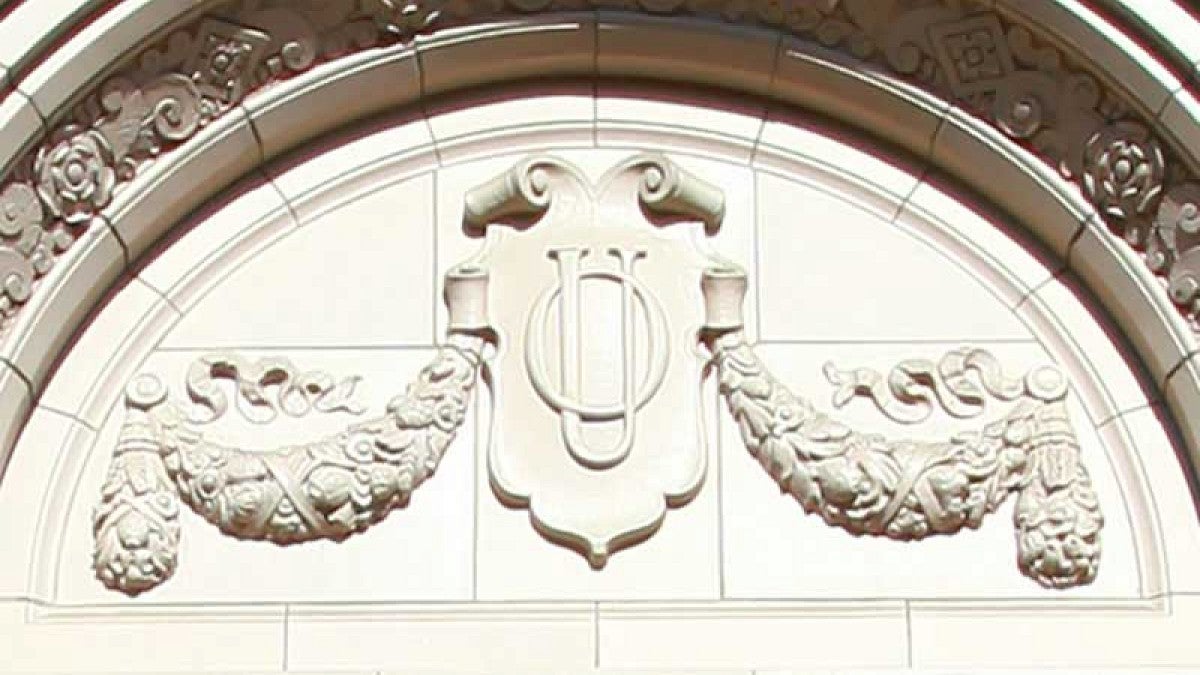The University of Oregon Board of Trustees has approved the UO’s COVID-19 Health and Safety Operational Plan, a detailed blueprint of the measures the UO has implemented as it maps out its phased reopening, starting with fall term.
The plan outlines the UO’s approach to managing the virus by monitoring local and campus health indicators by reducing the likelihood of the virus spreading through a variety of policy and programmatic changes; tracking positive cases through testing, contact tracing, treatment and quarantine; and by communicating with the campus community.
The board approved the comprehensive plan on a 13-1 vote at its Aug. 27 meeting. The plan is distinct from the operational decisions about fall term that were announced by President Michael Schill on Aug. 26.
The plan complies with a June executive order from Oregon Gov. Kate Brown that requires all public universities and community colleges to develop, by Sept. 1, a written plan that details how they will comply with Oregon Health Authority standards regarding in-person instruction, research and residential activities. The UO’s incident management team developed the plan using the latest guidance from federal, state and local health officials.
“This has been an enormously complicated process,” said Board Chair Chuck Lillis during the trustees meeting. “President Schill has done a great job with his team of putting together what is a very comprehensive reaction.”
The 54-page plan is designed to be dynamic, Lillis said, due to the evolving nature of the guidance, regulations and best practices surrounding COVID-19. It will be regularly reviewed by the board should changes be made, he added.
“Everything about this plan is based on meeting and surpassing the health and safety expectations of the students and faculty, and the Eugene community,” Lillis said. “This is not about saving the (university) budget. This is about doing what’s right from a health and safety standpoint, while trying to honor the commitments of the university.”
Schill thanked UO employees and faculty members who helped develop the plan and the different potential scenarios in it, in the face of considerable uncertainty.
“I’m impressed with their perseverance, their determination and commitment to our students,” he said.
Provost Patrick Phillips highlighted some of the tangible infrastructure changes the plan represents: investments in COVID-19 testing and contact tracing at the UO, maps of every common space and classroom on campus to ensure physical distancing, upgrades to classrooms to provide better remote instruction, and enhanced air circulation in many buildings.
Trustees asked a variety of questions about the plan and fall term operations, including about the safety of students in residential halls, the planned communications with students’ parents during the term, and the enforcement of the university’s expectations around student behavior.
Student trustee Katharine Wishnia expressed concerns about first-year students being able to choose to live on campus.
“While we may have good structures and rules in place on campus, not everyone will abide by those,” she said. “Some students will not wear masks inside the dorm halls …. While most students take this virus very seriously, that does not mean that one person or group of people cannot change that and affect things.”
Schill acknowledged the concern but said he believed many students would opt to return to Eugene regardless of what the university decided about opening the residence halls.
“We actually think we can provide a much safer, more controlled environment in the residence halls than outside the residence halls, because we can test everyone, we can retest, we can monitor (students) with resident advisers,” he said.
Faculty trustee Laura Lee McIntyre praised the UO’s “incredible” efforts to develop the COVID-19 testing capacity to allow all students living on campus to be tested multiple times during fall term.
“I feel as confident as anyone can feel right now at our plan for our freshman coming on to our residence halls,” she said. “I think we still continue to be more vulnerable off-campus …. Off-campus students will come to campus. That’s where a robust contact tracing effort is needed to manage positive cases.”
The plan will now be submitted to the Higher Education Coordinating Commission for approval, as directed by Brown’s executive order.
—By Saul Hubbard, University Communications


